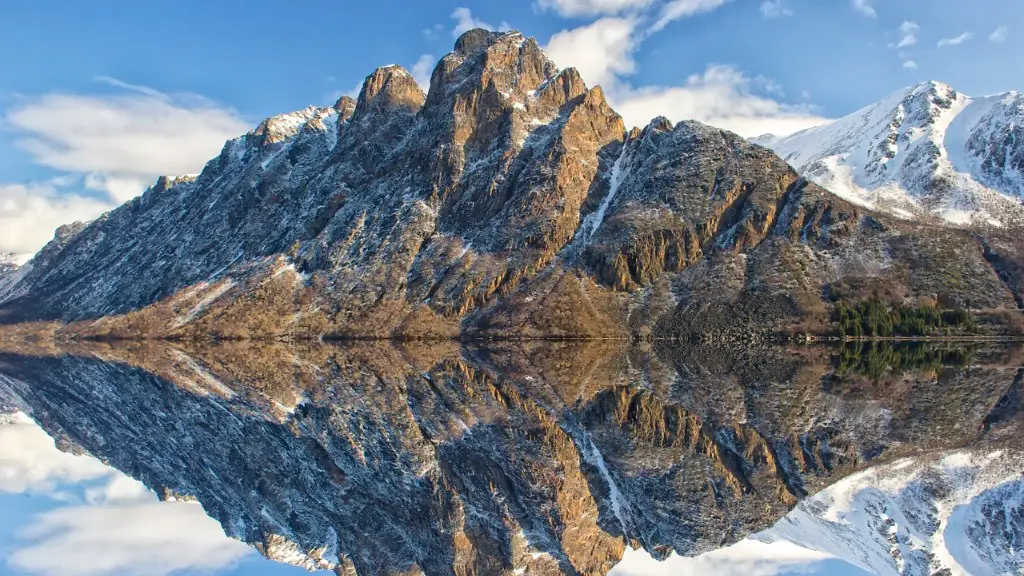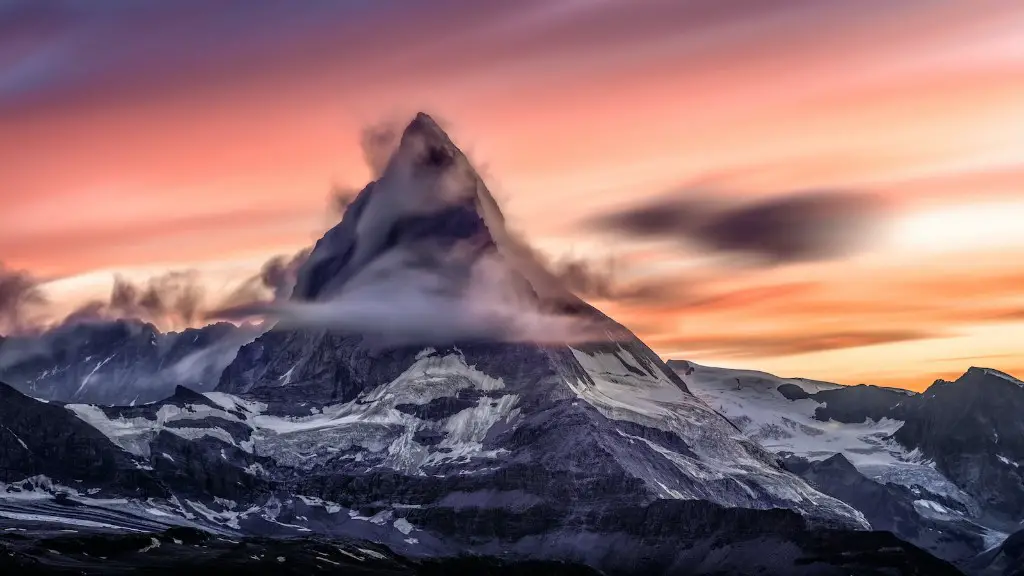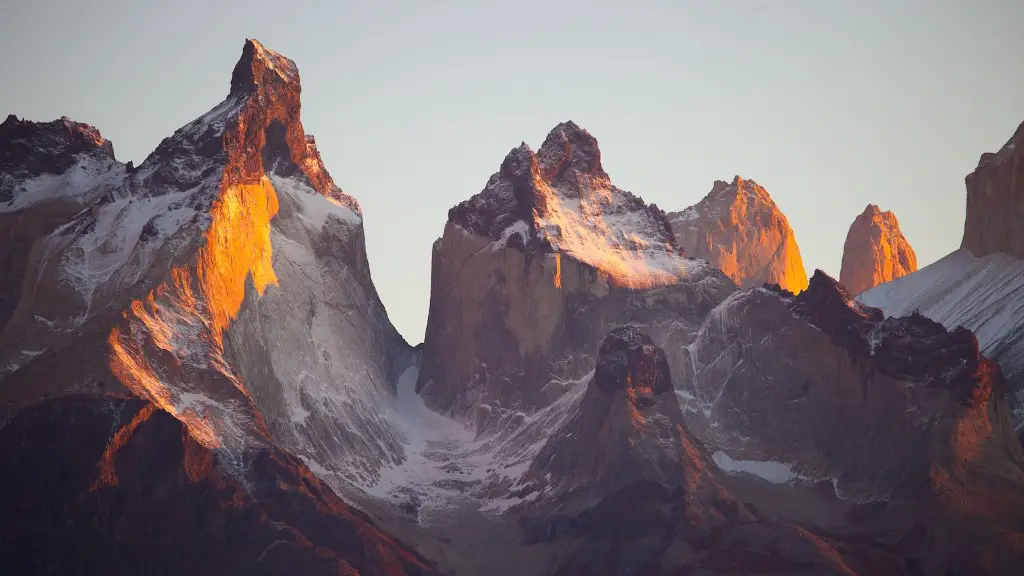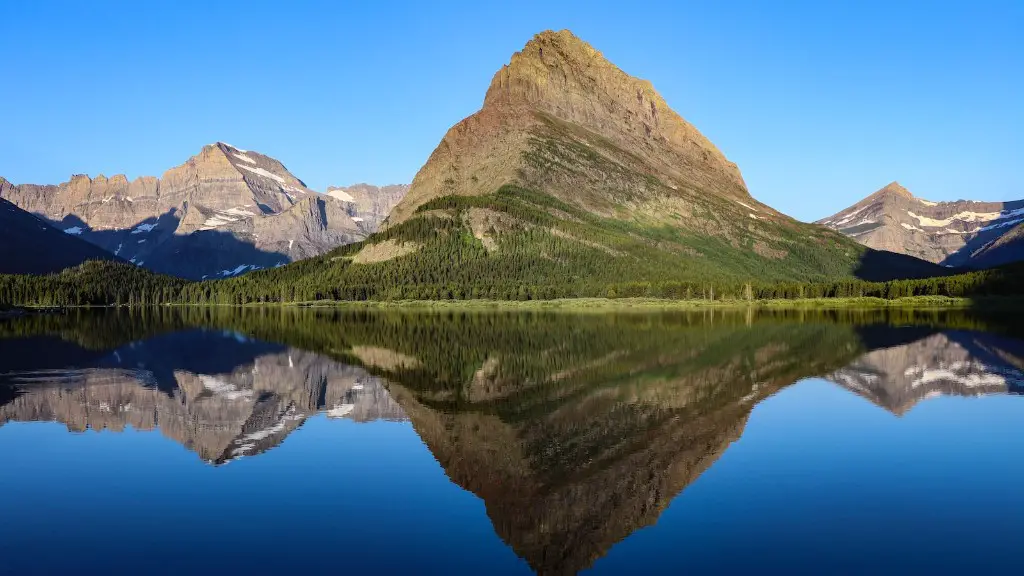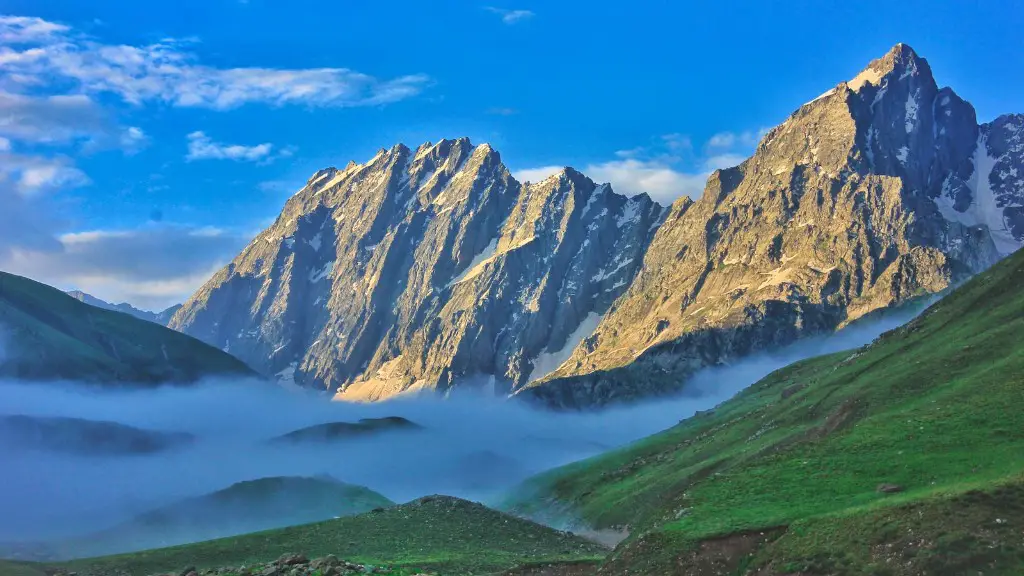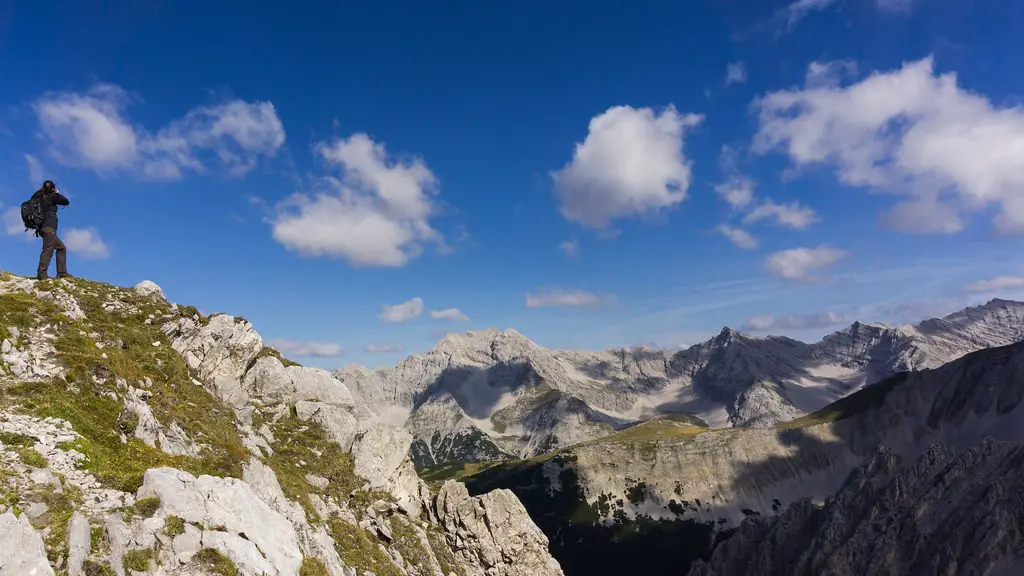There are many risks associated with climbing Mount Everest, but it is still considered relatively safe. The most common risks are altitude sickness, frostbite, and avalanches. However, with proper preparation and safety precautions, these risks can be minimized.
There is no easy answer to this question. It is certainly not safe to climb Mount Everest without proper training and equipment, and even then there are inherent risks involved in any high-altitude expedition. In recent years, there have been a number of fatalities on the mountain, most of them due to avalanches or falls. While it is impossible to completely eliminate the risks of climbing Everest, experienced climbers and expedition leaders can minimize them by using the latest safety gear and techniques.
Can a normal person climb Mount Everest?
To successfully summit Everest, you must be in excellent physical condition and have previous experience climbing at high altitudes. Most people spend at least a year training to climb the mountain. You should also be comfortable on AD-rated climbs.
While the death rate from climbing Mount Everest in the last 30 years is only 1%, the percentage of deaths to successful attempts is a much higher 4%. This means that for every 100 people who have attempted to climb Mount Everest in the last 30 years, 4 of them have died. While this may seem like a relatively low number, it is important to remember that Mount Everest is an extremely dangerous mountain to climb and that even experienced climbers can die while attempting to summit the peak.
What are 5 risks of climbing Mount Everest
Climbing Mount Everest can be extremely dangerous and challenging, due to the high altitude and unpredictable weather conditions. Some of the dangers include altitude sickness, extreme cold temperatures, avalanches, summit fever, and lack of experience.
Since 1953, when the first men reached the summit, more than 300 climbers have died on their way to the top of the world’s tallest mountain A third of these succumbed to the deadly lack of oxygen.
What is the scariest part of climbing Everest?
The Khumbu Icefall is the most dangerous part of an Everest expedition, even with the extensive systems of ropes and ladders installed each climbing season by the ice doctors. The icefall is a constant flow of ice and snow that breaks off from the face of the mountain, and climbers must use ropes and ladders to navigate their way through it. Every year, there are reports of climbers being killed or injured by falling ice and snow.
There are two routes to scale the world’s tallest peak: one from the Everest North side in Tibet or another from the Everest South side in Nepal. Chinese authorities impose an age limit of 18-60 in Tibet, while in Nepal, climbers must be a minimum of 16 years old but there is no upper age limit.
What is the biggest cause of death on Mount Everest?
Everest is a notoriously dangerous mountain, and the top three causes of death reflect that. Avalanches are a major hazard, especially in recent years when there have been several large-scale disasters. Falls and collapses are also common, especially among climbers who are tired and not paying close attention. And finally, mountain sickness is a real danger, especially at high altitudes where the air is thinner and oxygen levels are lower. all of these factors combine to make Everest a very dangerous place.
When people die on Everest, it can be difficult to remove their bodies. Final repatriation costs tens of thousands of dollars (in some cases, around $70,000) and can also come at a fatal price itself: two Nepalese climbers died trying to recover a body from Everest in 1984.
How many people have fallen off Mount Everest
The Himalayan Database is considered to be the most reliable source when it comes to tracking deaths on Everest. However, the exact number of people who have perished while trying to summit the mountain is still unknown. This is because many bodies are never recovered, and others are never reported. Nevertheless, the death toll is estimated to be over 400 people.
The death zone is the area above 8,000 meters (26,247 feet) where the atmospheric pressure is so low that the human body cannot function without artificial oxygen. The oxygen tanks that climbers use only last for a limited time, so climbers must carefully ration their time in the death zone. Some climbers who have tried to summit Everest in a single push have died in the death zone because they ran out of oxygen before they could reach the top.
media is now advising people that they should not stay in the death zone for more than 16 to 20 hours. This is because the longer you stay in the death zone, the greater your chance of developing frostbite, hypothermia, or altitude sickness, all of which can be fatal. Shorter stays in the death zone are also dangerous, but media is now advising people that it is better to turn around and descend earlier than to push on and risk dying.
How often do sherpas died on Everest?
The Himalayan mountain range is home to some of the tallest mountains in the world, including Mount Everest. For more than a hundred years, people have been drawn to the challenge of summiting the world’s tallest peak.
While the death rate on Everest is relatively low overall, when compared to the number of people who have attempted to climb the mountain, Sherpas (the native people of the Himalayan region) are disproportionately represented among the fatalities. In fact, of the 312 people who have died on Everest, 99 of them – or one-third of the total – were Sherpas.
There are a number of factors that contribute to this disparity. First, Sherpas often act as guides for mountaineering expeditions, which puts them in more direct contact with the dangers of the mountain. Secondly, Sherpas are more likely to take risks in order to get their clients to the summit, as their livelihoods depend on successful summiting attempts. Finally, the harsh conditions of the Himalayan region mean that Sherpas are often ill-prepared for the challenges of climbing Everest.
While the death rate among Sherpas is still relatively low, it is important to remember that they are disproportionately represented in the fatalities on Everest. This is a
George Mallory’s body was found in 1999, 75 years after his death in 1924. The discovery was made after an unusually warm spring, which melted the snow and ice on the mountain and revealed Mallory’s body. Mallory was attempting to be the first person to climb Everest, but he disappeared before anyone knew if he had succeeded. The discovery of his body has since helped to shed light on what happened to him and his team.
Who is the youngest person to summit Mt. Everest
Jordan Romero is an American mountain climber who was 13 years old when he reached the summit of Mount Everest. He is the youngest person to ever climb Mount Everest.
You need experience, experience, experience: having attempted the Seven Summits isn’t sufficient training for this kind of mountaineering. But beyond high-altitude climbing experience, you also need good footwork, good self-management and understanding of when you might need to turn back.
What do people eat on Everest?
The Alpenglow team snacks a lot, eating small amounts of calories all day. This helps them to keep their energy up for the big days when they need to summit a mountain. The team brings crackers, meats, cheese, granola, nuts, and fruits with them when they go out on a climb. Up high, “people say to eat 8,000 – 10,000 calories per day which is 5 times what you burn at home. We eat as much as we can to combat big days.” This strategy seems to be working for the Alpenglow team!
Everest base camp trek is a moderate level trek which can be challenging for beginners. However, with basic physical fitness and mental fitness, the trek can be completed easily. You will walk through the rocky trail with several uphill and downhill. Be prepared for a challenging but rewarding trek.
How many people have reached the top of Mt Everest
Since the first successful summit of Mount Everest in 1953, there have been approximately 11,346 successful ascents by 6,098 people. The number of summits has been growing steadily over the years, with the vast majority of ascents taking place in the last two decades. This is likely due to the increasing popularity of mountaineering as a sport, as well as the improvements in technology and equipment that have made it easier and safer to climb mountains.
Climbing Everest is an extremely dangerous endeavor, and most people who attempt to summit the mountain will never make it to the top. One of the biggest dangers of climbing Everest is the “death zone,” which is the name given to the area of the mountain above 8,000 meters (26,247 feet).
In the death zone, the air is so thin that it is impossible to breathe without supplemental oxygen. Even with oxygen, climbers in the death zone are at risk of altitude sickness, which can cause headaches, vomiting, and even death.
And because the death zone is so high up on the mountain, it takes climbers much longer to descend to a safe altitude if something goes wrong. This means that even a small mistake can have deadly consequences.
So why do people still try to climb Everest?
For some, it is the challenge of conquering the world’s highest peak. For others, it is a way to raise awareness and money for important causes. But whatever the reason, it is clear that climbing Everest is an incredibly dangerous undertaking.
Final Words
It is not safe to climb Mount Everest.
Mount Everest is the tallest mountain in the world and is known for its dangerous conditions. Climbing Mount Everest is a risky endeavor that should not be undertaken lightly. However, if you are an experienced mountaineer with the proper equipment and training, then climbing Mount Everest can be safe.
